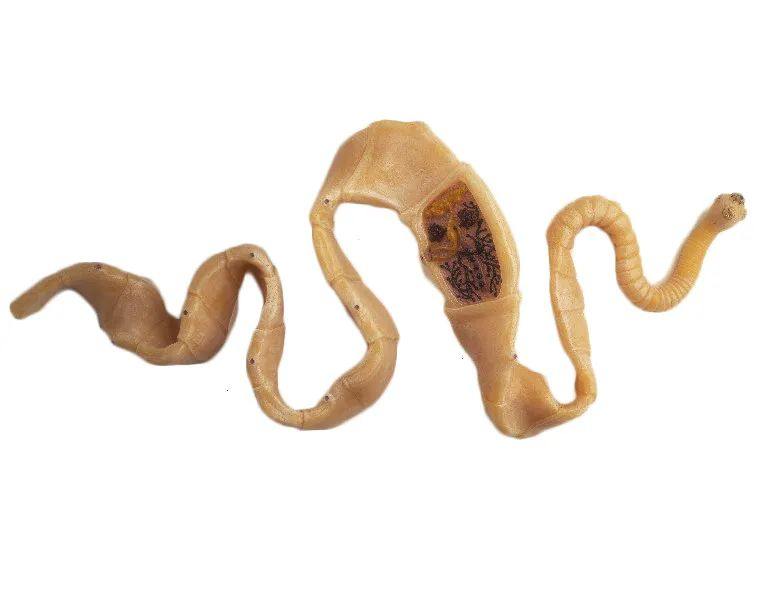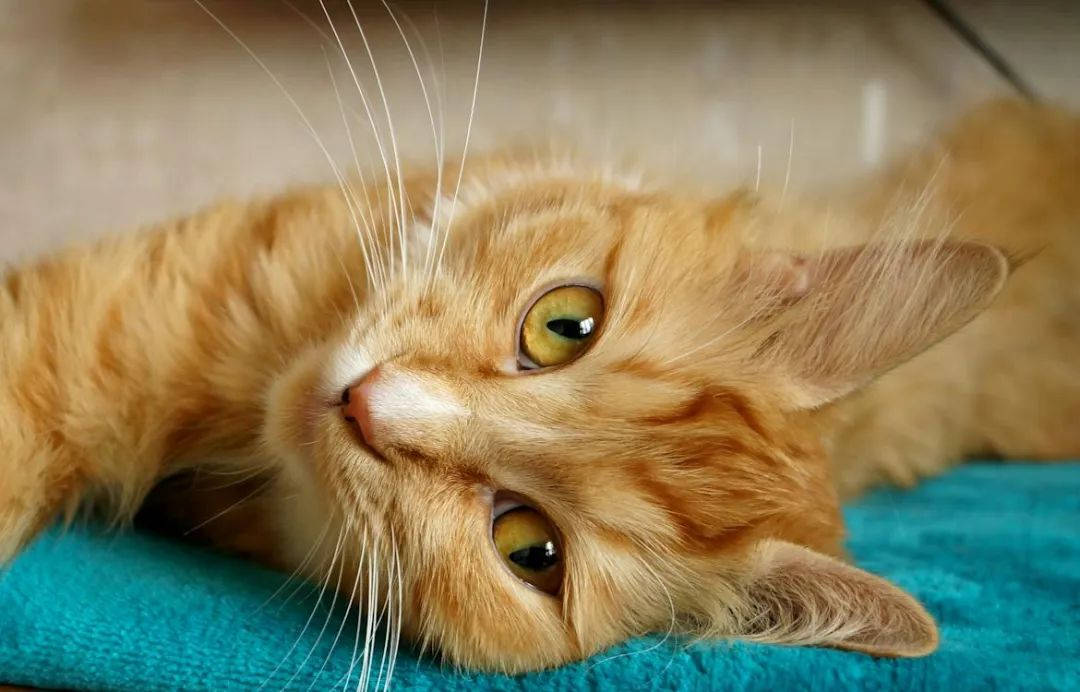Symptoms and treatment of feline tapeworm disease
Taeniasis is a common parasitic disease in cats, which is a zoonotic parasitic disease with great harm. Taenia is a flat, symmetrical, white or milky white, opaque strip like body with a flat back and abdomen.
1. clinical symptoms
The symptoms of feline tapeworm mainly include discomfort in the stomach, diarrhea, vomiting, indigestion, sometimes alternating between constipation and diarrhea, itching around the anus, weight loss and abnormal appetite, hair problems, and possible discovery of tapeworm segments or discharge in feces or around the anus.
2. How to treat
The methods for treating feline tapeworm infection include confirming diagnosis, medication treatment, preventive measures, and environmental cleanliness. If you suspect that your cat is infected with tapeworms, you should immediately consult a veterinarian for diagnosis and give your cat internal deworming medication containing ingredients such as albendazole, fenbendazole, and praziquantel for treatment. At the same time, preventive measures should be taken, such as regularly deworming cats both inside and outside the body, and paying attention to cleaning their living environment to prevent the recurrence of tapeworm infections.
3. preventive measure
Preventive deworming: Regular deworming of cats is a key measure to prevent tapeworm infection. It is recommended to undergo internal deworming once a month, especially in environments where cats are prone to contact with other animals or may be infected, such as outdoors, multi cat households, etc.
Control the source of infection: Avoid cats coming into contact with other animals that may be infected with tapeworms, especially stray cats and other wild animals. At the same time, pay attention to household hygiene, regularly clean up cat feces and living environment, and prevent the transmission of tapeworm eggs.
Dietary hygiene: Avoid letting cats eat raw or undercooked meat to prevent infection with tapeworms. At the same time, pay attention to providing clean drinking water and food for cats to avoid contamination of water sources and food.
Early treatment: If the cat has already been infected with tapeworms, early treatment should be sought. The treatment methods include medication and environmental cleaning. Drug therapy can choose in vivo deworming drugs containing ingredients such as albendazole, fenbendazole, and pyraquinone. At the same time, pay attention to cleaning the living environment of cats to prevent the transmission and re infection of tapeworm eggs.
In summary, the prevention and control of feline tapeworm infection require comprehensive consideration of multiple aspects, including prevention and deworming, control of the source of infection, dietary hygiene, and early treatment. Only by taking these measures comprehensively can we effectively protect the health of cats.
Post time: Mar-11-2024


